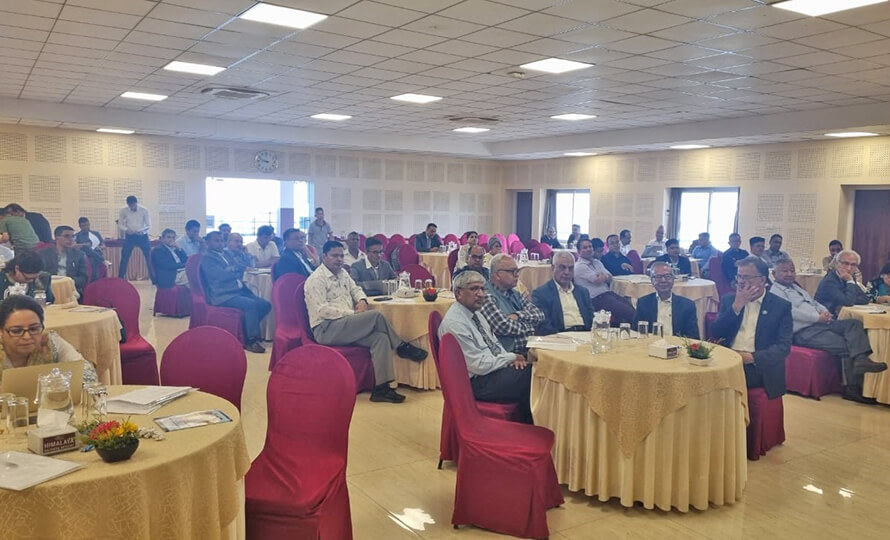
Nepal’s Health Science Academies Set to Launch MBBS Program
Nepal's government is set to launch an MBBS program through six health science academies in the next academic session. This initiative aims to enhance medical education in the country.
Collaborative Curriculum Development
A recent meeting held in Dhulikhel, organized by the Medical Education Commission (MEC) and attended by officials and experts from six academies, resulted in the development of a common framework for the MBBS course. The participating academies include:
- National Academy of Medical Sciences (NAMS)
- Rapti Academy of Health Sciences (RAHS)
- Madhesh Institute of Health Science (MIHS)
- Pokhara Institute of Health Sciences (PoAHS)
- Madan Bhandari Academy of Health Sciences
- Ramraja Prasad Singh Academy of Health Sciences
Preparation and Infrastructure
Dr. Bhupendra Kumar Basnet, Vice-Chancellor of NAMS, announced that preparations are underway to start MBBS classes from the next academic session. The institutions are focusing on meeting the necessary infrastructure, manpower, and self-appraisal requirements set by the MEC.
A task force comprising representatives from all six academies has been formed to oversee the curriculum development. Dr. Basnet confirmed that the framework for the MBBS syllabus is complete and ready for implementation.
Capacity and Scholarship Provision
Dr. Basnet mentioned that each institution is equipped to accommodate 100 MBBS students, with 75% of seats allocated for scholarships under the National Medical Education Act 2075. This means 450 out of 600 students will receive scholarships, significantly reducing the financial burden on aspiring doctors.
Existing Resources and New Standards
The government institutions already possess sufficient faculty and hospital facilities. By adding basic science faculty and classrooms, all necessary standards will be met, ensuring high-quality education. The curriculum will follow a semester system, including provisions for re-examinations and course load management.
Economic Considerations
Dr. Basnet highlighted that starting a new medical school would cost billions, whereas running the MBBS program through existing institutions is much more cost-effective. NAMS currently offers 68 programs in medical education, including MD/MS, Nursing, and various technical subjects at both undergraduate and postgraduate levels.
Legal Framework and Compliance
The National Institute of Medical Sciences Act, 2063, allows for coordination with domestic or foreign universities to improve program quality. However, the Medical Education Act restricts the establishment of new educational institutions within Kathmandu Valley for ten years post-enactment. This restriction does not apply to the addition of MBBS programs to existing institutions.
Future Steps and Regulatory Compliance
Vice President Dr. Anjani Kumar Jha emphasized the need for formal communication with the MEC for advice and suggestions on the MBBS curriculum. He assured that any decision regarding the MBBS program would comply with the legal provisions and be based on formal applications and thorough review of the law.
Conclusion
The launch of the MBBS program by these six health science academies marks a significant step in enhancing medical education in Nepal. With the infrastructure and curriculum in place, the program promises to provide quality medical education to hundreds of aspiring doctors, contributing to the nation's healthcare system.





